What is Texture Mapping in Spatial Computing?

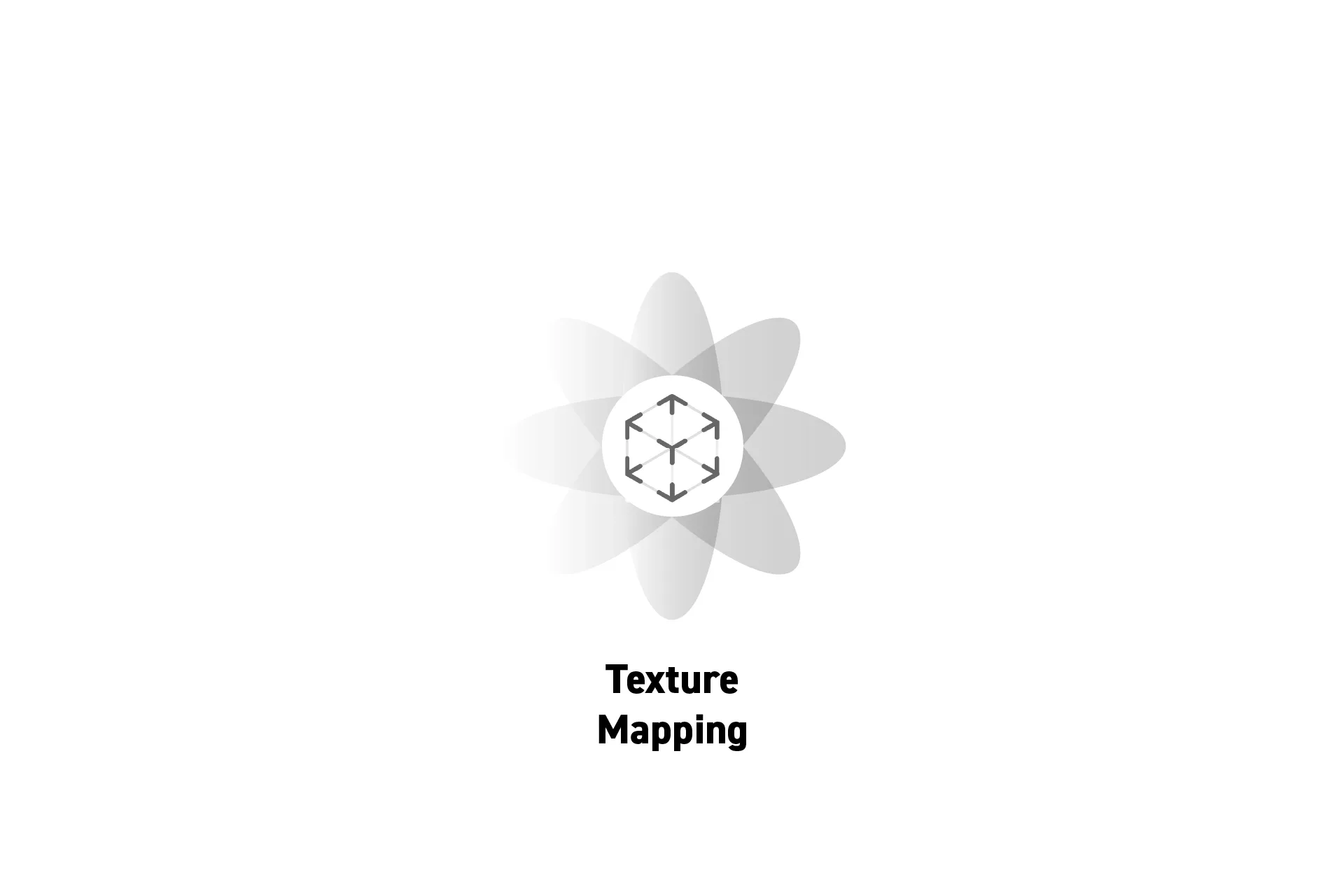
In augmented reality (A/R), virtual reality (V/R) and mixed reality (M/R), the term "texture mapping" refers to a method for applying visual detail, patterns or surface quality to a three-dimensional (3D) object, model or geometry with the purpose of achieving a visual outcome.
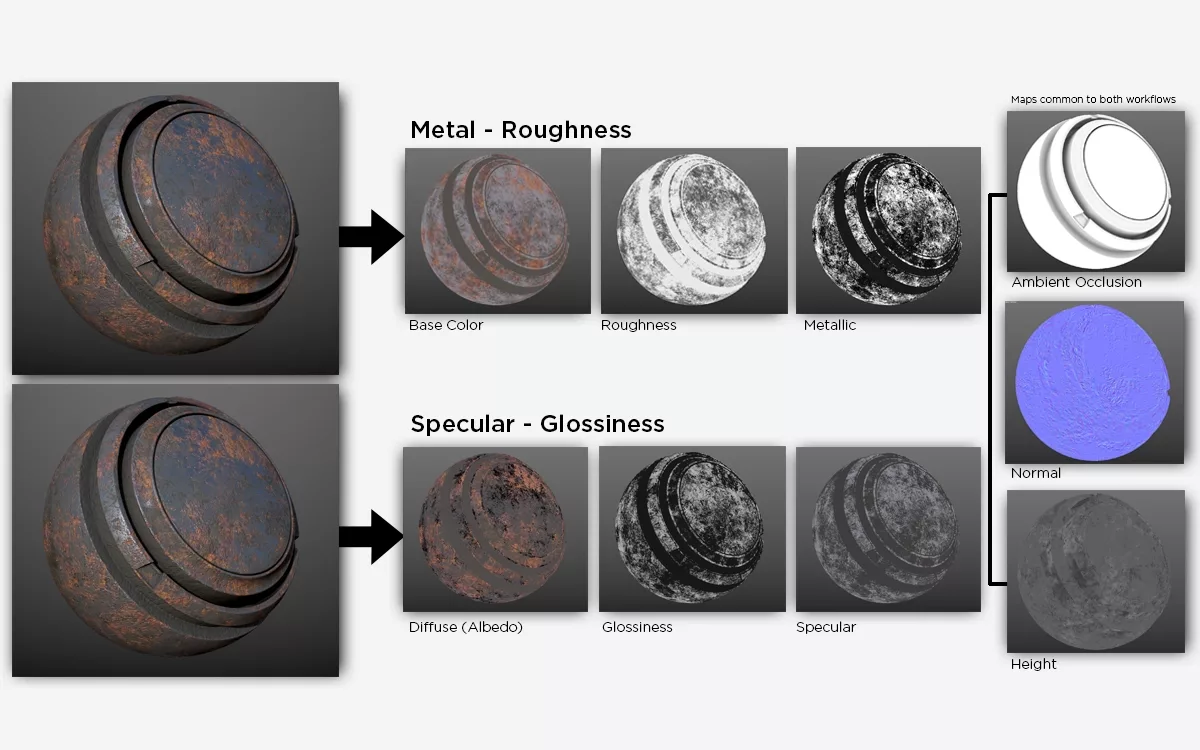
Examples of textures.
Texture Mapping, which sometimes is confused with Physically Based Rendering (PBR), was created by Edward Catmull (1974) and Lance Williams (1983) and is a method for mapping textures on computer generated graphics to produce a material.
Texture mapping involves applying a series of two-dimensional (2D) texture maps a three-dimensional (3D) model, object or geometry to produce a visual outcome (i.e. make a sneaker look real or a character look like a cartoon).
However, unlike PBR, unless you apply specific texture maps, texture mapping alone does not simulate how light interacts in the real-world.
CG Artists have the option to apply one or more of the following maps to 3D models, objects or geometries.
Albedo Map
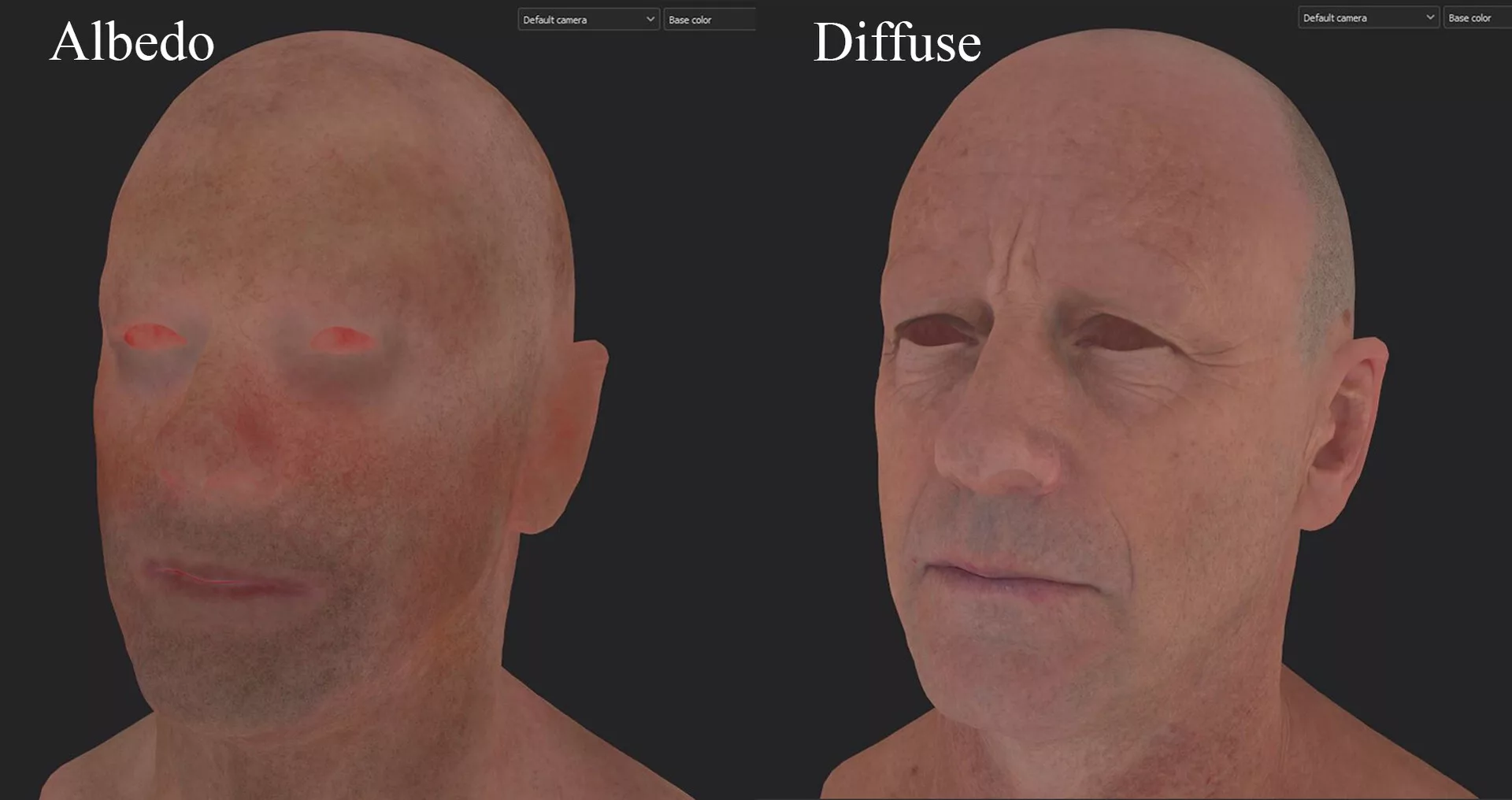
Albedo Mapping vs Diffuse Mapping
Defines the base color and texture of the material, without any lighting or shading information. This is the fundamental color map.
Diffuse Map

Albedo Mapping vs Diffuse Mapping
Defines the base color and texture of the material, with lighting or shading information.
Diffuse maps are used in physically-based rendering (PBR).
Normal Map
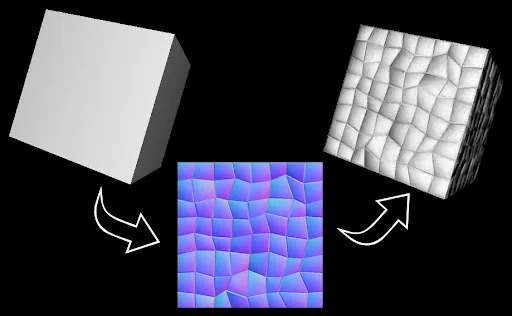
A normal map adds detail and allows for realistic light interactions.
Encodes surface detail and normals to simulate high-frequency geometry without increasing polygon count.
Normal maps are used in physically-based rendering (PBR) and allow for realistic lighting interactions.
Metallic Map
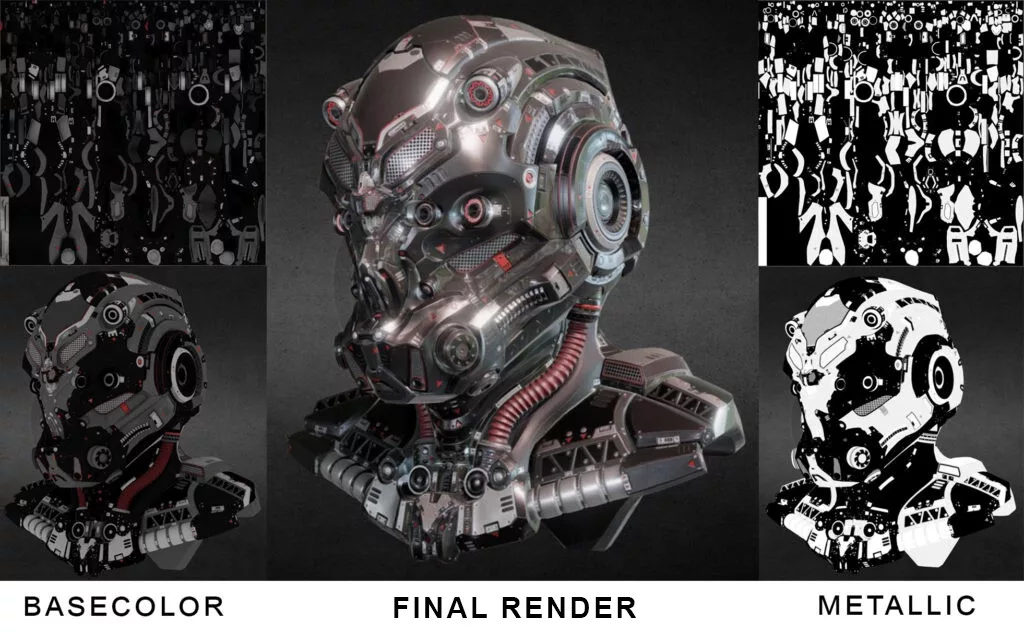
A metallic map is a black and white map that dictates where light can reflect of a surface and how much can reflect.
Defines which areas of the surface are metallic vs non-metallic, affecting how light reflects off the material.
Roughness or Smoothness Map
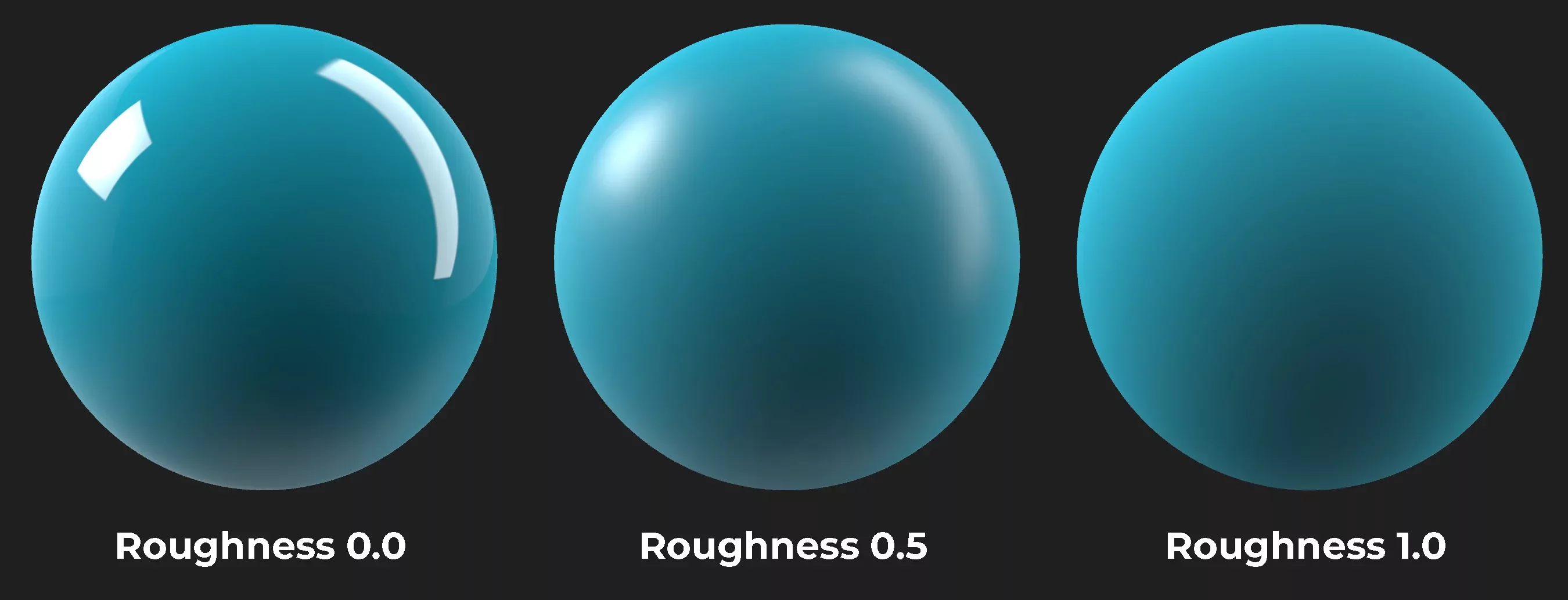
A roughness map allows you to create gloss and matte effects.
Defines the microscopic unevenness of the surface, controlling the spread of specular highlights.
Roughness or smoothness maps are used in physically-based rendering (PBR).
Ambient Occlusion Map
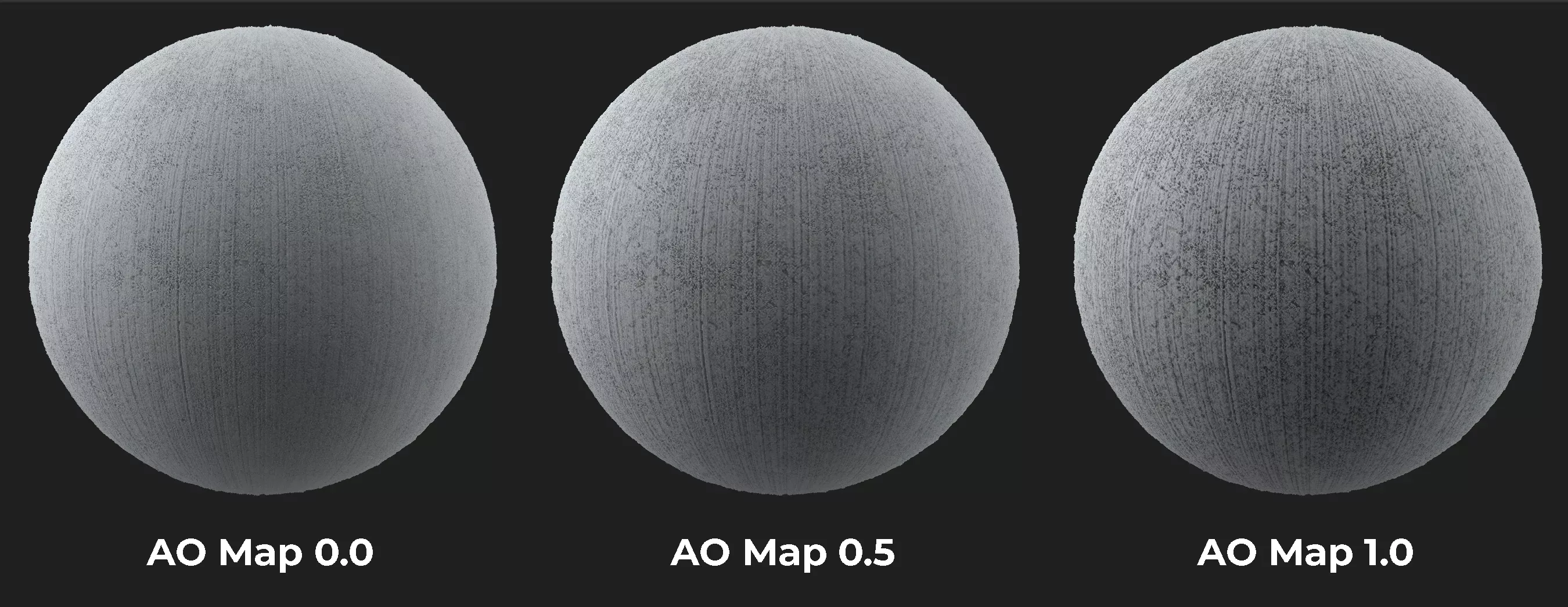
Ambient Occlusion maps allow you to add fine detail to the surface of a model.
Bakes in subtle shadowing effects to add depth and realism to the surface.
Roughness or smoothness maps are used in physically-based rendering (PBR).
Displacement Map
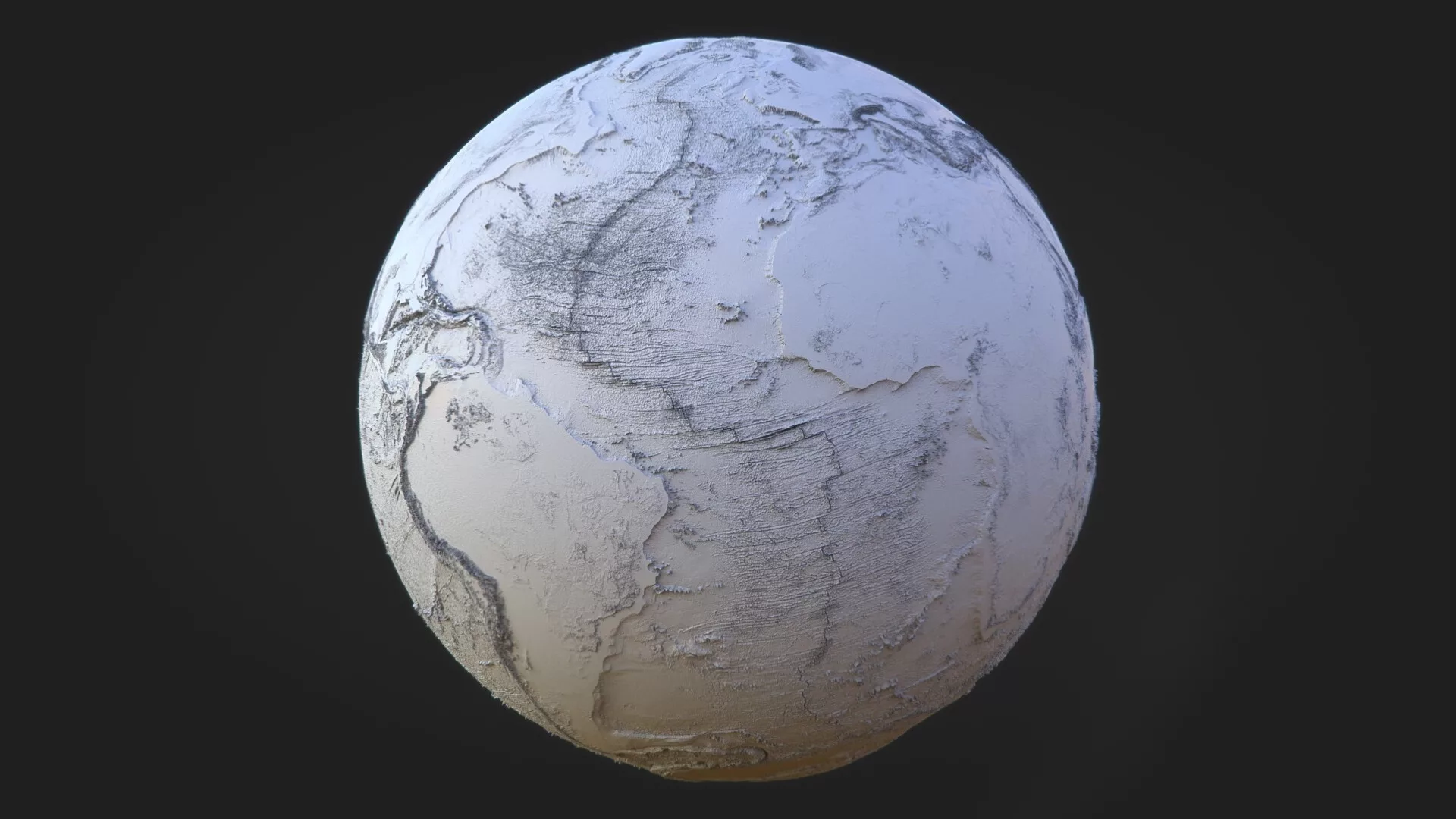
Displacement maps can make a sphere look like the planet.
Modifies the actual geometry of the mesh, adding true depth and detail. Can be used for parallax occlusion mapping.
Height or Bump Map
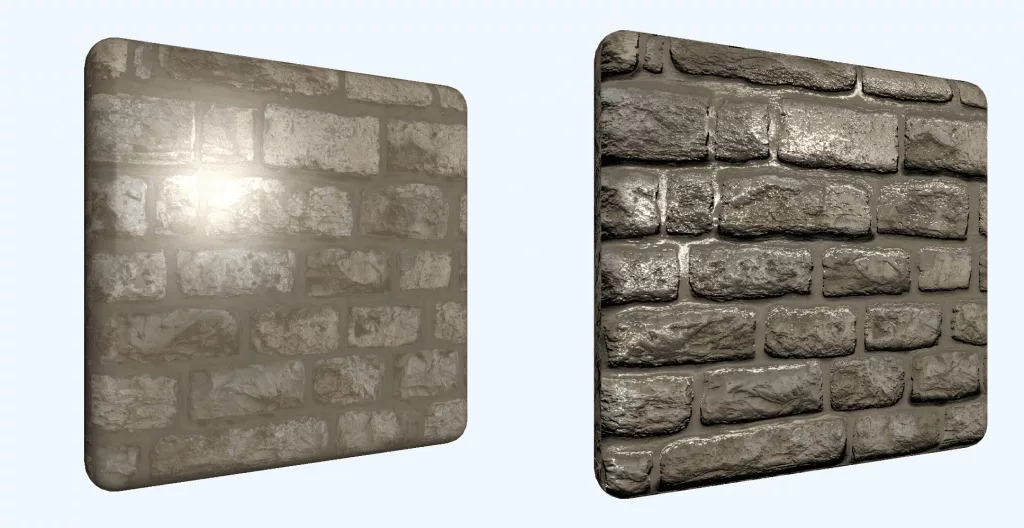
Bump maps simulate surface details like bricks on a wall.
A greyscale map that simulates surface detail by perturbing the surface normals.
Bump or height maps are similar to normal maps but are considered an older technique.
Specular Map
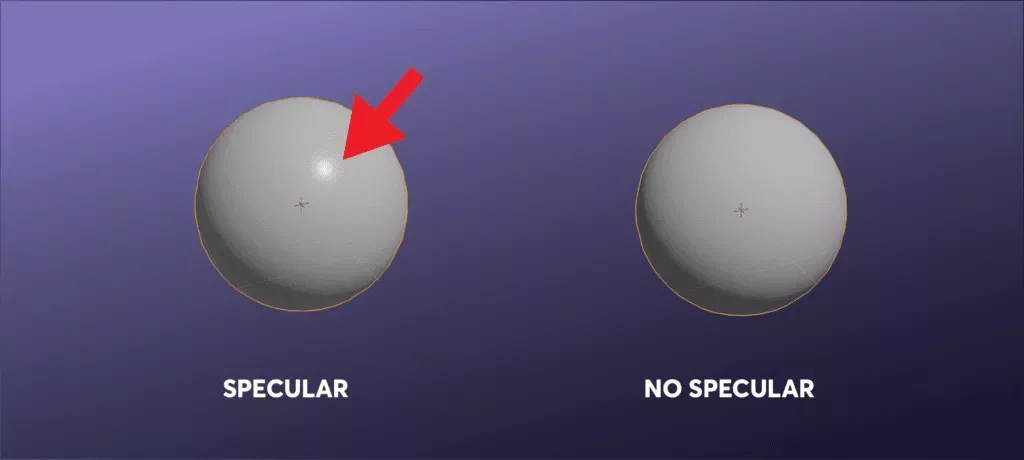
Specular maps allow for light to shine on surfaces.
Controls the intensity and color of specular highlights on the surface.
Specular maps are used in physically-based rendering (PBR).
Opacity/Alpha Map
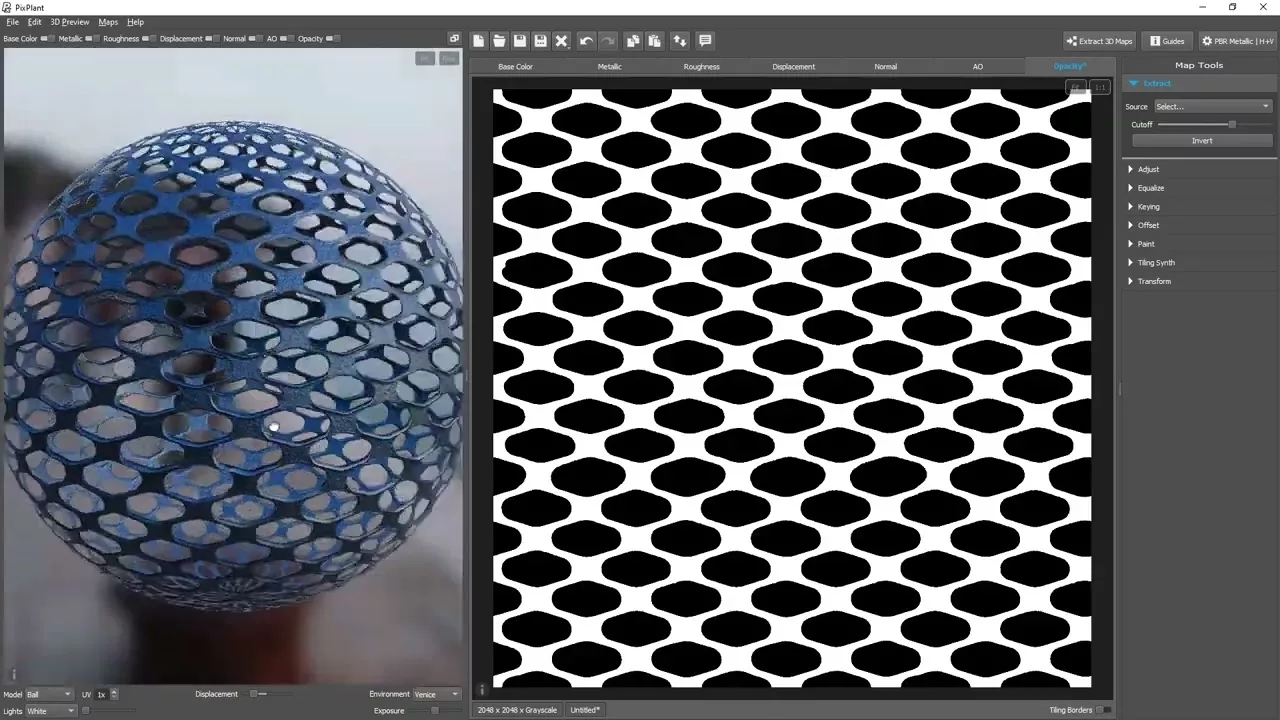
Opacity maps can make spheres appear like complex objects.
Defines transparent or translucent areas of the material.
Emission Map
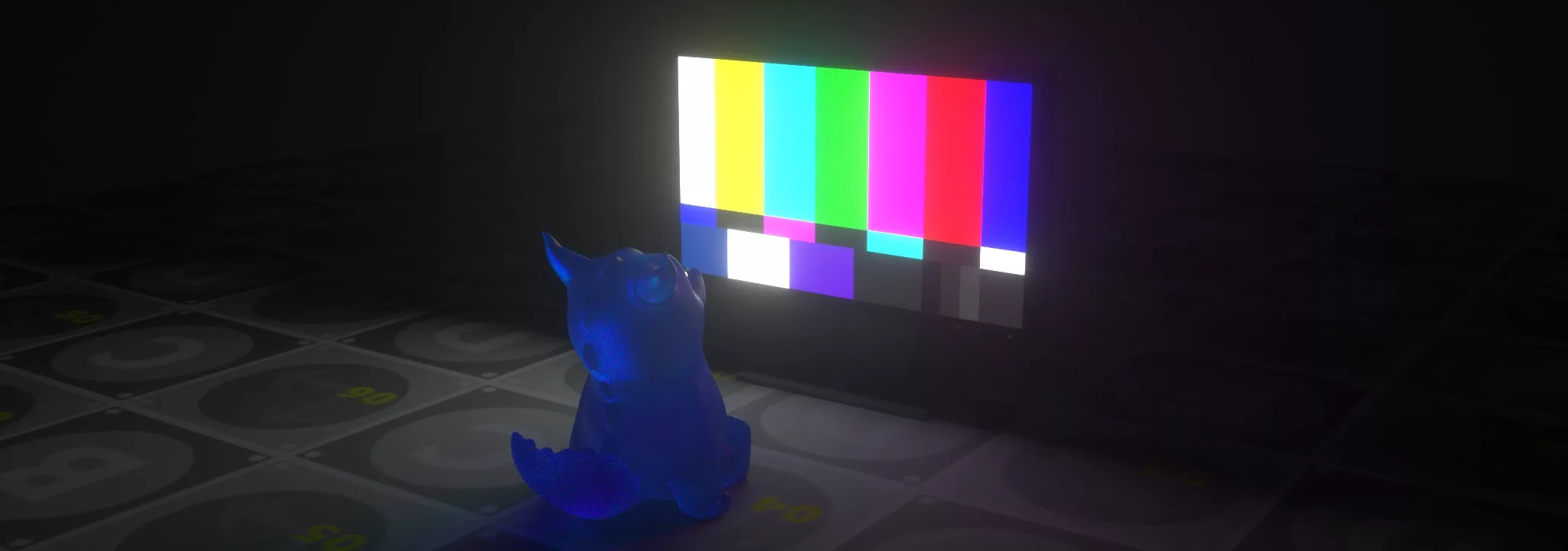
Emission maps dictate how the object emits light.
Defines areas of the surface that emit light, useful for effects like glowing signs or emissive materials.
Emission maps are used in physically-based rendering (PBR).
Looking to learn more about how computer graphics (CG) are rendered?
Consult our article below to learn more about how computer graphics are rendered.
Looking to learn more about Technology, Augmented Reality, Virtual Reality, Mixed Reality or Spatial Computing?
Search our blog to find educational content on technology, A/R, V/R, M/R and spatial computing.
